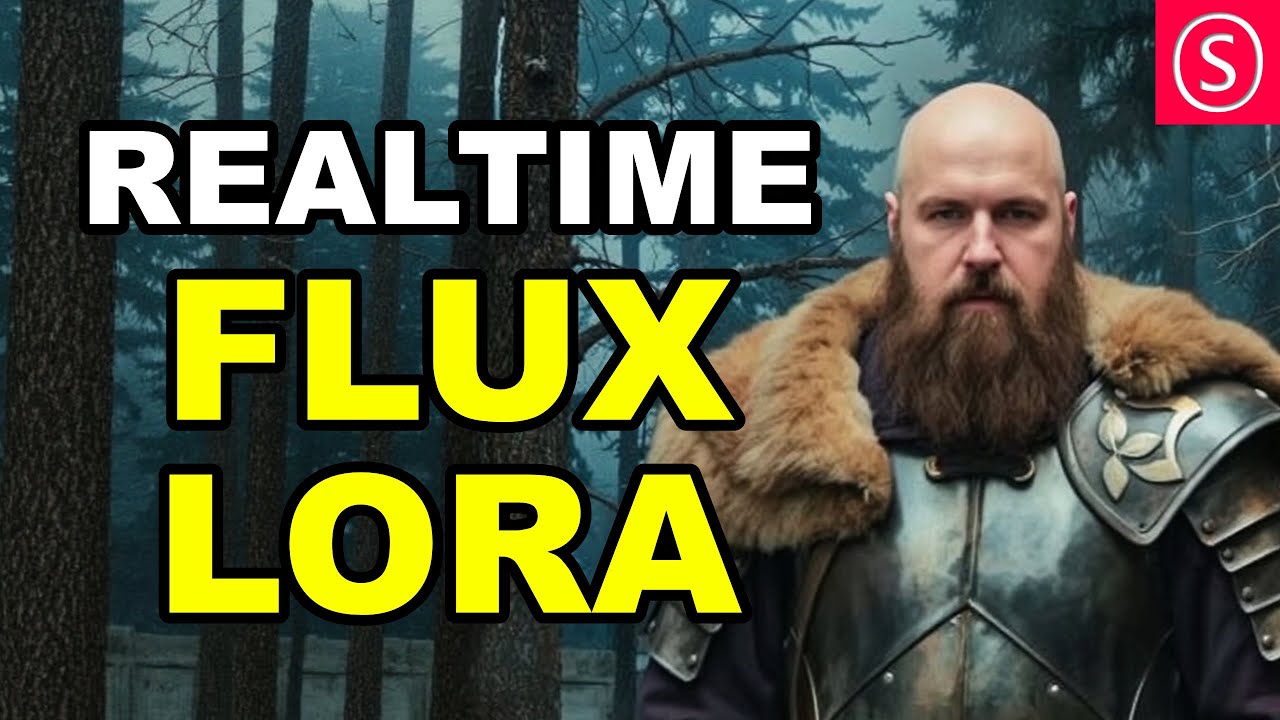The video introduces the new real-time Lura feature in Korea, allowing users to train styles using images and emphasizing the importance of selecting high-contrast photos for better results. It also demonstrates the capabilities of converting 2D images into 3D models, providing tips on manipulating character orientation, lighting, and shadows for enhanced integration into scenes.
In this video, the presenter introduces the new real-time Lura feature in Korea, which allows users to train themselves, objects, or styles using images. The process begins by navigating to the training section on the Korea page, where users can upload three or more images. The presenter emphasizes the importance of selecting images with good contrast and color, suggesting that users edit their photos for better results. After uploading, users must switch to real-time mode to utilize the Lura effectively, as it differs from the flux mode used in image generation.
Once the model is trained, it appears in the Styles area, where users can activate it for real-time use. The presenter demonstrates how to find and select trained styles through the “Generate” section and the “Styles Gallery.” It is crucial to use these styles with the flux model, as they will not function properly otherwise. The video highlights the importance of understanding the different modes and models available in the software to achieve the desired results.
The presenter also discusses the differences between generated images and 3D models. While images can be generated with more detail and sophistication, they lack the ability to be rotated. The video shows how to remove backgrounds from images easily and how to convert 2D images into 3D models. This conversion process takes some time, but it allows for more dynamic character positioning and interaction within scenes.
As the presenter demonstrates the 3D model capabilities, they showcase how to manipulate the character’s orientation and size. They also provide tips on adjusting lighting and shadows to enhance the character’s integration into the background. The ability to flip the model horizontally is highlighted as a useful trick for achieving the desired lighting effects on the character’s face.
In conclusion, the video showcases the exciting features of real-time Lura in Korea, emphasizing the potential for creative expression through image and 3D model manipulation. The presenter shares personal insights and tips for maximizing the software’s capabilities, encouraging viewers to experiment with their own images and styles. The video wraps up with a positive note, inviting viewers to explore these new features and stay tuned for future updates.
